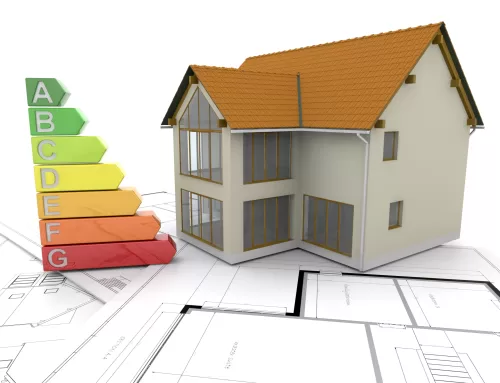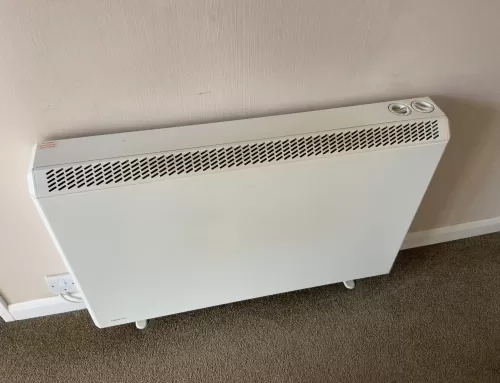Getting Ready for Your Energy Performance Certificate (EPC) Assessment:
Preparing for the DEA’s Visit
Preparing for the DEA’s Visit
To aid us in getting ready for your Energy Performance Certificate (EPC) assessment, we will use various resources such as google maps, local authority websites and property portals to confirm the type, age and size of the property.
Our DEA won’t move anything on the day, so please clear obstructions from areas like your airing cupboard, hot water tank, or boiler cupboard.
Additionally, the DEA will perform a risk assessment to identify any unsafe areas that may not be assessed. For instance, if the loft hatch is above the staircase and deemed hazardous the DEA will not attempt to enter the loft, you’ll need to provide an installation certificate for the loft insulation if it has been installed.
What to Expect During the Visit
The assessment involves taking measurements and creating a floor plan for your property. Please note that the floor plan created during the EPC assessment may differ from the one provided by estate agents. The EPC assessment’s focus is on measuring heat loss, while estate agents’ floor plans concentrate on room layout and facilities.


The DEA will also capture any relevant images of the heating and hot water systems, lighting, insulation where applicable, any fixed ventilation systems (not extractor fans), and the electric and gas meters, where applicable. However, rest assured that they won’t photograph entire rooms or any personal items. If you have any concerns regarding the taking of images, please discuss this with the assessor on the day.
Assessment Duration
The assessment duration will vary depending on the size and complexity of your property. On average, the assessment may take anywhere from 30 minutes to one hour. The on site assessment is all about capturing the necessary data to produce an accurate report. The DEA will not be able to advise on the rating during the site visit and will not make comment on the potential rating that may be achieved.

Documentation Requirements

EPC assessments are evidence-based and non-invasive, so no drilling or hammering into walls is necessary. If the DEA can’t physically see or measure something, such as insulation, you must provide documentation. For example, you can obtain a letter of confirmation from the installer, detailing the thickness of the insulation and stating that it was installed.
For properties with Solar PV systems, an MCS certificate is necessary. In its absence, the DEA can estimate based on the percentage of roof coverage.
Issuing the EPC
Once the assessment is complete, the DEA will lodge the Energy Performance Certificate report with the central government register and send a link to access the EPC via email. You can also search the central register directly for a copy here

Handling Queries
If you have any questions or concerns about your EPC, feel free to reach out to us and we will be happy to discuss these with you.
Understanding EPC Rating Differences
The EPC rating may change due to government-authorized updates to the software, impacting cost factors such as the type of fuel used for heating, hot water, and ventilation. Additionally, property modifications, like adding an extension, can influence running costs and consequently alter the EPC rating. Keep in mind that, currently, properties using mains gas generally score better than those using electricity due to the lower cost per kWh.
Need to Book your Domestic Energy Performance Certificate?
Click below to complete the payment and we will be in touch to confirm your appointment.
Remember to select ‘next day delivery’ at the checkout to ensure that you receive your Energy Performance Certificate within one working day after your assessment.
You can check if your property already has a valid Energy Performance Certificate using the governments EPC website






